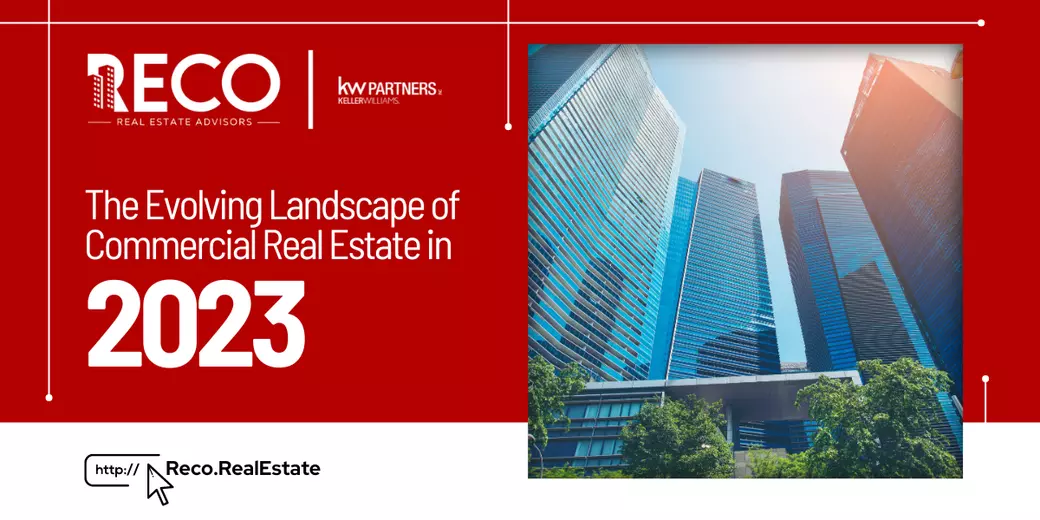The Evolving Landscape of Commercial Real Estate in 2023

The year 2023 has been marked by a series of transformative events in the commercial real estate sector. With the global economy still recovering from the aftershocks of the pandemic and new challenges arising, the real estate market is at a pivotal juncture. One of the most significant influencers has been the fluctuating mortgage rates, casting a shadow of uncertainty across various sectors, from office spaces to multifamily properties.
A Comprehensive Look at the Data
Recent insights from the National Association of Realtors (NAR) have shed light on some intriguing trends. The leasing velocity in commercial real estate has experienced a noticeable deceleration during the second quarter. This slowdown is not an isolated event but seems to be a direct consequence of the uncertainties introduced by bank failures earlier in the year. The commercial real estate sector, which has traditionally relied heavily on small banks for capital, finds itself at a crossroads. A potential pullback in lending from these institutions could send ripples across the market. However, it's not all gloom and doom. Encouragingly, there's been a consistent uptick in commercial real estate lending activity. But on the flip side, the delinquency rates for commercial loans, though still below 1%, have been on an upward trajectory since the close of 2022.
How have fluctuating mortgage rates in 2023 impacted the decision-making process for businesses?
The oscillating mortgage rates have introduced a layer of uncertainty for businesses. With rates hovering between 7% and 8%, the cost of financing commercial properties has increased. This has led many businesses to reconsider their real estate strategies, with a noticeable shift towards leasing over purchasing. The unpredictability of the rates has also made short-term leases and flexible leasing options more attractive.
The Office Sector: A Period of Transition
The office space landscape is undergoing a metamorphosis. There's an undeniable surge in available spaces for lease, a trend that's been exacerbated by the slow return-to-office movement. The pandemic introduced the world to the feasibility and efficiency of remote work, and its effects linger. The rise of hybrid work models, where employees split their time between home and office, has left a significant portion of office spaces underutilized. Additionally, in a bid to optimize resources, many tenants have recalibrated their requirements, often opting for reduced square footage per employee. This shift in dynamics means that the office sector is in a state of flux, trying to find its footing in this new normal.
With the rise of hybrid work models, what's the future of traditional office spaces?
The pandemic accelerated the adoption of hybrid work models, where employees split their time between home and office. This has resulted in a significant portion of office spaces being underutilized. While some businesses are reducing their office footprints, others are repurposing spaces to cater to collaborative and flexible work environments. The office sector is evolving, and while traditional office spaces won't disappear, they'll likely undergo transformations to meet the changing needs of businesses.
Concluding Thoughts
The commercial real estate landscape in 2023 is a tapestry of challenges and opportunities. For businesses, investors, and stakeholders, the mantra for success lies in agility, foresight, and the ability to adapt to an ever-evolving market landscape.
Categories
Recent Posts










GET MORE INFORMATION
